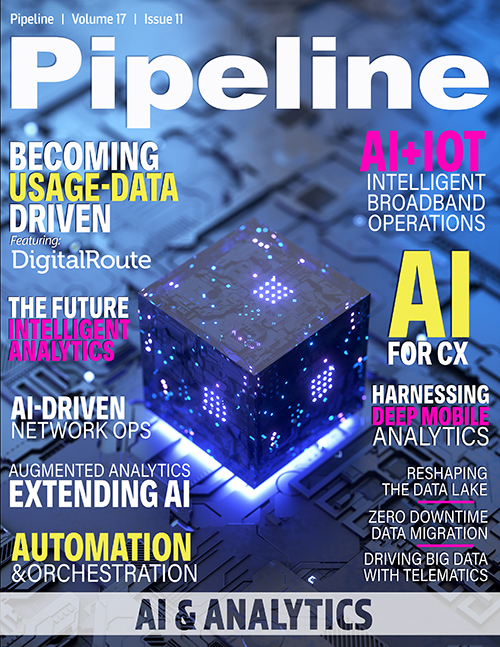Putting Telematics in the Big Data Driver's Seat
By: Mike Branch

Supply chains and the workers who support them are a driving force in the global economy. Transportation, whether by land, sea, or air, is the lifeblood keeping supply chains moving. What’s the crux to keep transportation doing its job to move goods?
The answer is data.
And more specifically, data analytics complemented by artificial intelligence.
So many variables potentially impact the transport of goods, from the unprecedented Covid-19 pandemic to the unpredictable Suez Canal blockage and the perpetual challenges of inclement weather. Amid them, it is critical that data be leveraged not only to help pivot and adapt when freight delays occur, but also to accommodate new normalcies. Without these data insights, customers are left dissatisfied, productivity decreases, operating costs spike and profits plummet. Take weather’s impact on transportation for example: according to the Federal Highway Administration (FHWA), it is responsible for 23 percent of all roadway delays, causing over 32 billion lost vehicle hours per year and costing trucking companies between $2.2 and $3.5 billion.
Being able to successfully weather an unavoidable storm, both literally and figuratively, is dependent on technologies like telematics, which provide a digital blueprint of a vehicle’s operation. By processing, storing, and sending data between vehicles and end users through telecommunication devices, telematics can help fleet managers understand where and how a vehicle is being driven, how to best optimize or redirect routes for productivity and efficiencies, and where improvements can be made in accident prevention measures and driver safety standards.
And while telematics data analytics can be used alone, it is far more powerful when combined with AI in a single platform or solution. Without data mining and analytics platforms, the ability to monitor the live location of vehicles, identify where bottlenecks are in the supply chain transport, provide online or offline assistance to drivers, optimize routes, and a host of other invaluable operations—on both a micro and macro level—would be unrealistic. Here’s why.The micro level: telematics data and ML models
Telematics devices process an enormous amount of engine data, such as engine RPM, engine oil level, transmission, mileage driven, tire pressure, and more. Based on all the engine data and the historical records of maintenance and repair, big data predictive analysis driven by machine learning models is able to provide fleet managers with precautionary breakdown and maintenance notifications, as well as recommended solutions. According to the Organization for Economic Co-operation and Development (OECD), telematics technology can help a company reduce scheduled and unscheduled maintenance and repair incidents by as much as 14 percent. This is important as it is estimated that a non-scheduled maintenance interruption can result in lost profits of between $400 to $700 per day.
With advanced visibility into potential vehicle health issues, fleets can make the appropriate arrangement between downtime and work-time for vehicles to help reduce the likelihood of an unexpected breakdown on the road, saving a company time, energy and money. In fact, a major beverage brand struggled with a key maintenance pain point: its vehicles were down because of electrical systems failures (such as battery or alternator) and its fleets were stranded on the side of the road. Telematics data was integrated with a predictive model powered by machine learning to address the issue. While the batteries themselves were inexpensive to replace, the downtime for the vehicle (causing wasted manpower, delayed shipments, and more) were not.
The ability to predict which vehicles would likely need downtime and then proactively pull them from the fleet for maintenance is a game-changer and one that saved this company millions of dollars. This case illustrates that telematics working in tandem with machine learning algorithms can have a significant impact on both a business’ operational and financial outcomes. Running a machine learning algorithm to predict whether something is going to fail or not is reliant on as much data as possible about a vehicle, and while that might come from the vehicle’s telematics device itself, it might also come from connected peripherals. In addition to predictive maintenance applications, telematics data layered with machine learning models can also be used for route optimization. This is important given that there are a number of possible routes that a single truck can take, with the “wrong” route poised to greatly impact a



















